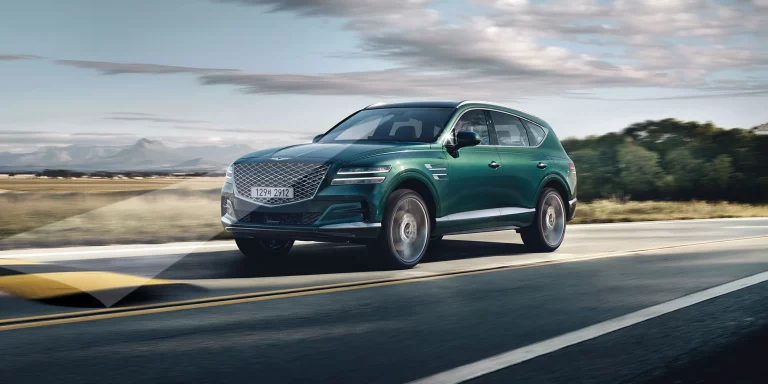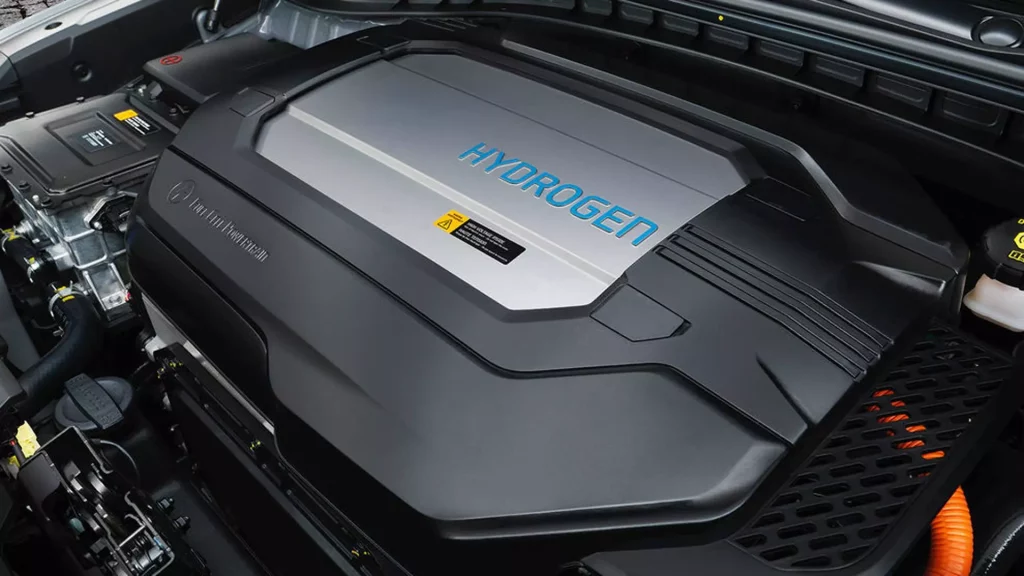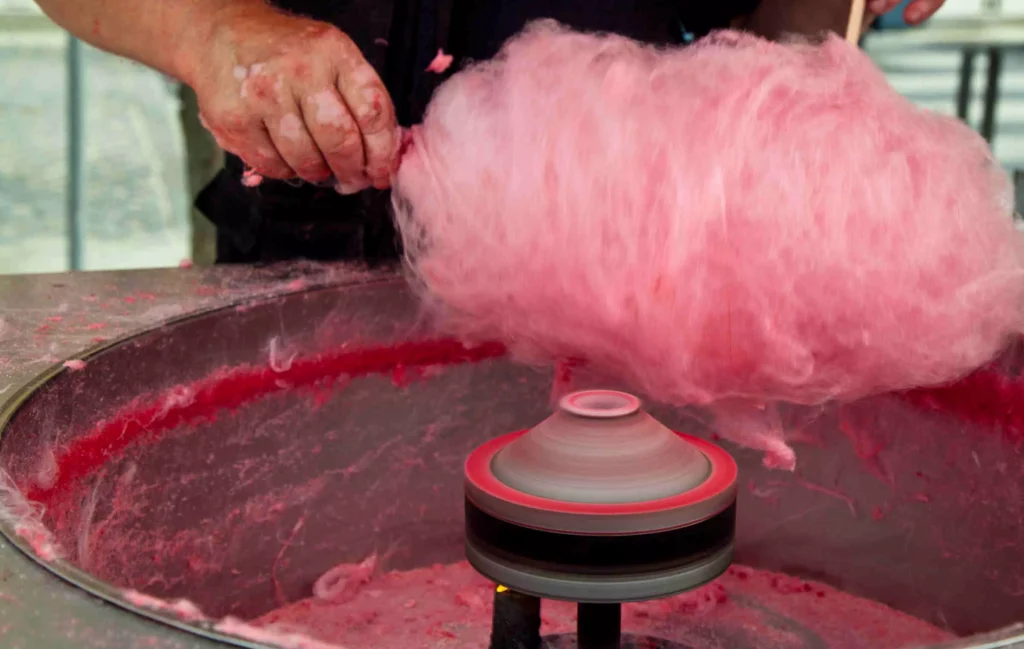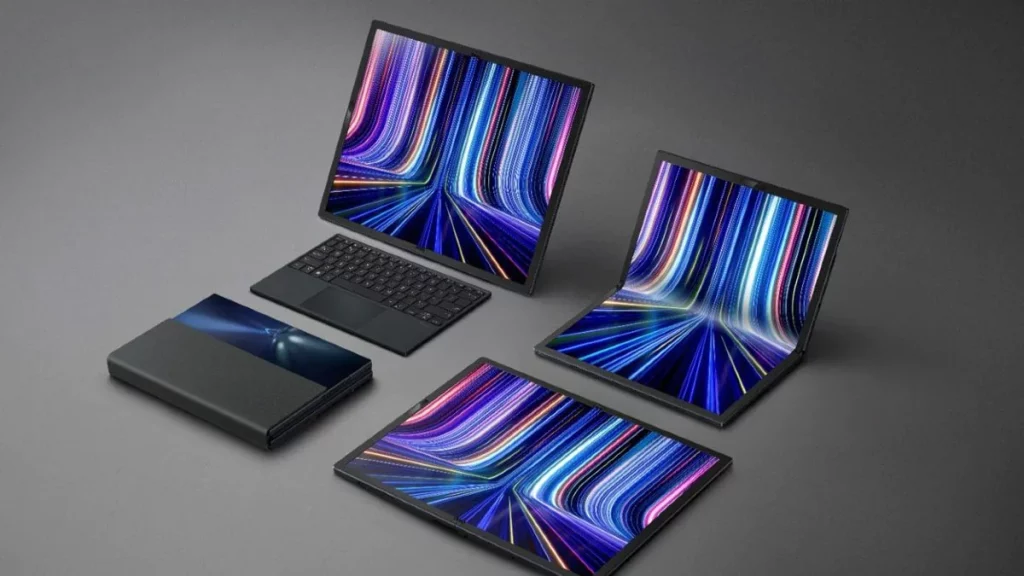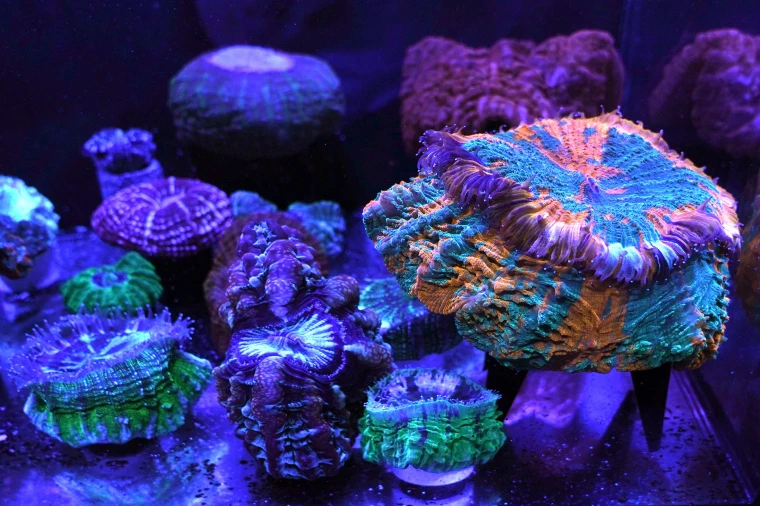What Are Hydrogen Fuel Cell Cars?
A battery-electric automobile employs the same kind of electric motor to turn the wheels as hydrogen fuel cell cars (HFCV for short). However, it is powered by a fuel-cell stack instead of a big, heavy battery. In this pure hydrogen (H2) travels through a membrane to react with airborne oxygen (O2) to create electricity that turns the wheels and water vapor. Because of this, fuel-cell vehicles are frequently referred to as fuel-cell hybrid electric vehicles even though they are actually series hybrids (FCHEV).
Hydrogen is considered by scientists to be an energy carrier rather than a fuel. Ignore that distinction, though, as HFCV drivers refuel at “hydrogen fuelling stations,”. Those are conceptually quite similar to the trusted old gas station, with a similar five-minute refueling period.
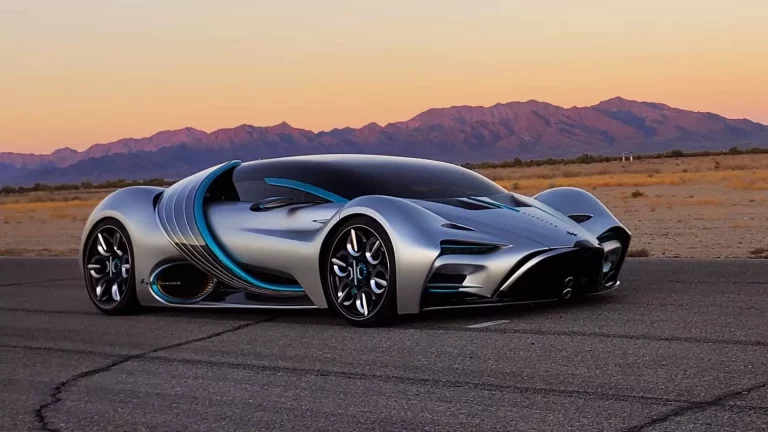
Why Use Hydrogen Fuel Cell Cars?
HFCVs are smooth, quiet, and peaceful to drive. They only spew water vapor, not carbon dioxide or other toxic pollution, out their tailpipes, as battery-electric cars do. They don’t have the same issue with charging time that EVs have; they can be refueled for another 300–400 mile run in around five minutes.
There are a few drawbacks, with the availability of hydrogen fuel posing the biggest obstacle. Despite intentions from ten years ago, there are currently just roughly 60 hydrogen stations in California.
How Do Hydrogen Fuel Cell Cars Work?
In contrast to electric automobiles that predominantly rely on lithium-ion battery packs and consume fuel, hydrogen vehicles use fuel cells to power their motors. Similar to electric vehicles, only water vapor is produced as a byproduct of hydrogen vehicles. You may also hear people refer to them as fuel cell electric vehicles because they are EVs (FCEVs).
Since they have an anode, a cathode, and a catalyst that causes the separation of protons and electrons from the hydrogen gas pushed inside, fuel cells are constructed similarly to lithium-ion batteries. In order to produce energy, hydrogen fuel cell cars feature numerous fuel cells operating concurrently, similar to the lithium-ion cells in an EV battery. The hydrogen fuel cell stack refers to that group of cells.
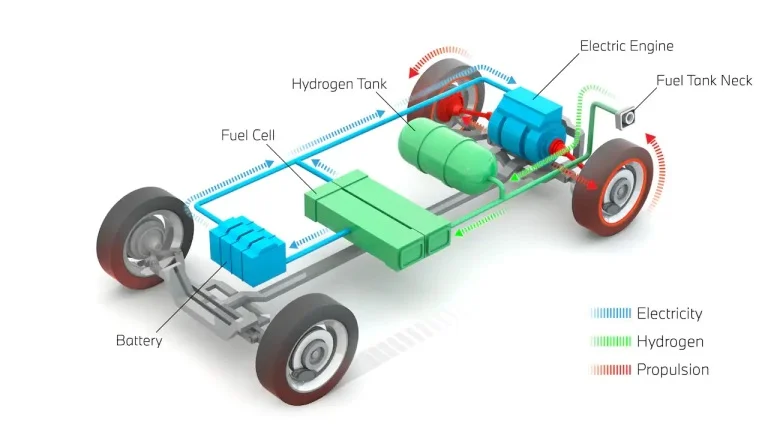
Through a process known as reverse electrolysis, hydrogen from the car’s onboard fuel tanks combines with oxygen inside the fuel cell stack to produce power. The hydrogen gas’ electrons are taken out, routed through the circuit to drive the motor, and then combined with oxygen to create water vapor on the other side of the circuit.
Depending on the circumstances, the electricity produced by hydrogen fuel cells can travel down one of two channels. Either directly or after charging a small lithium-ion battery that assists in powering the motor and has the capacity to store energy for later use. This battery also stores excess power from the fuel cell stack during low-energy driving. It absorbs power from the vehicle’s regenerative braking system for later use. The battery comes on to assist if the engine is put under higher stress.
Are Hydrogen Fuel Cell Cars Safe?
High-pressure tanks are made to withstand even the most violent collisions at high speeds without leaking or breaching. HFCVs are generally regarded as being as safe as any other type of vehicle. Although opponents of hydrogen frequently point to the Hindenburg explosion in 1937. The hydrogen tanks and their associated technology would probably survive even if the rest of the vehicle was totaled in an accident. In the comparatively modest number of HFCVs sold to date, no accidents or fatalities specifically related to the hydrogen components have been reported.
What Are The Top 10 Best Hydrogen Fuel Cell Cars Available?
The List Goes As :
1. The Alt-Fuel Car
Together, General Motors and Honda are taking a significant step toward making hydrogen cars a reality. To begin mass-producing the technology that will power hydrogen fuel cell cars starting in 2020, the two automakers have committed $85 million. Hydrogen-powered vehicles appear to be less well-known than electric vehicles, and from an infrastructural perspective, electric vehicles make more sense.
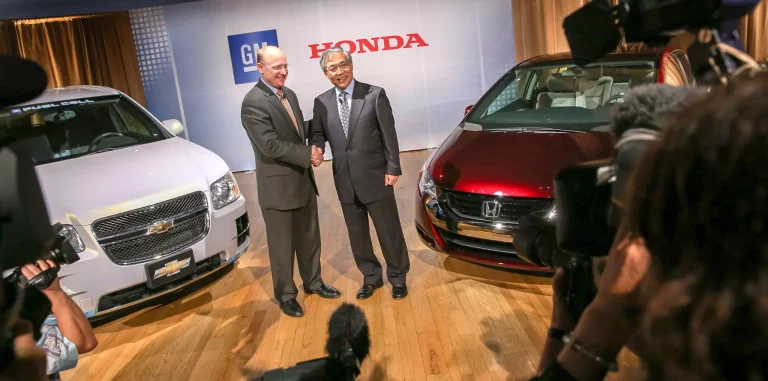
Check It Out And Learn More Here :
2. Honda Clarity
At the end of 2016, Honda in California began to set the standard for clarity. The automobile now has the longest range of any of the zero-emission hydrogen fuel cell cars. According to the EPA, it has an estimated range of 366 miles. According to Honda, the Clarity can be refueled in three to five minutes.
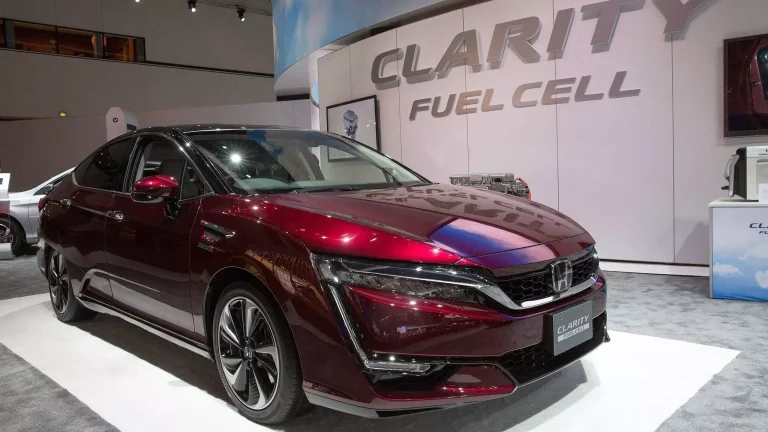
Check It Out And Learn More Here :
3. General Motors HFCV
At the Association of the US Army’s fall meeting in October, General Motors unveiled that monstrous hydrogen-powered vehicle. The vehicle appears to have 37-inch tires and to be between 6.5 and 7 feet wide.
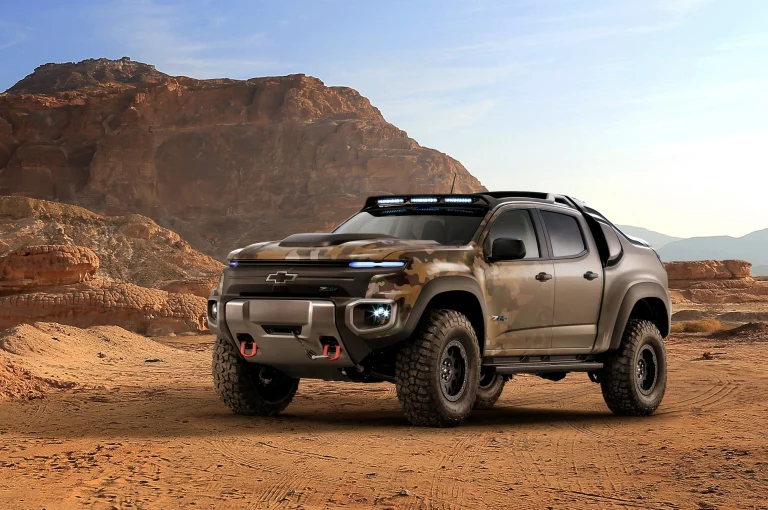
Check It Out And Learn More Here :
4. Toyota Mirai
This vehicle can raise awareness of the use of FCEV and green hydrogen technologies. Reducing reliance on fossil fuels and achieving India’s energy independence by 2047. It appears that an initiative to promote such clean energy and environmental protection is underway. Green Hydrogen is providing enormous prospects to decarbonize a variety of industries that include road transportation.
It has been reported to have a range of 640 km between fill-ups and a hydrogen tank with a volume of 5.6 kg that can also be filled quite quickly. This Mirai has a 1,35,890 km range. Now that it has been entered into the Guinness Book of World Records. It is believed to be the farthest distance one of the hydrogen fuel cell cars has travelled without stopping to refuel. It is a five-seater hydrogen fuel cell vehicle. It is also rumored to produce 182 horsepower and 300 pound-feet of torque.
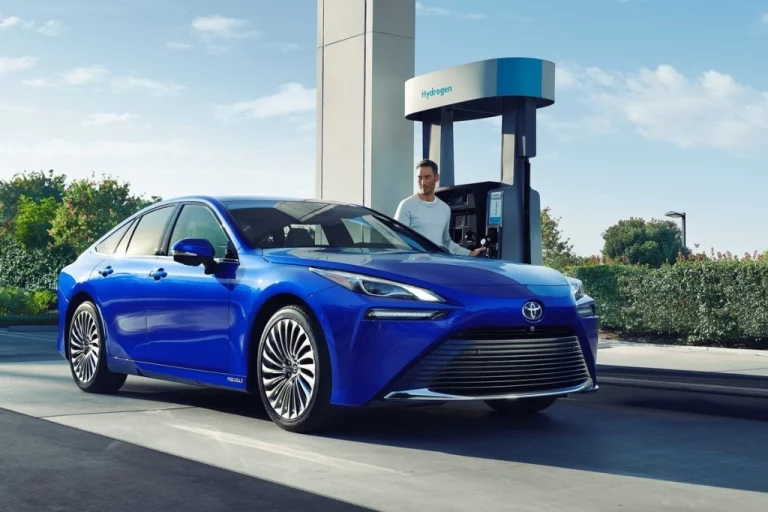
Check It Out And Learn More Here :
5. Lexus HFCV
In 2020, Lexus also plans to reveal the hydrogen-powered vehicle. This vehicle also includes high-tech features including a display that can be operated with simple hand motions.
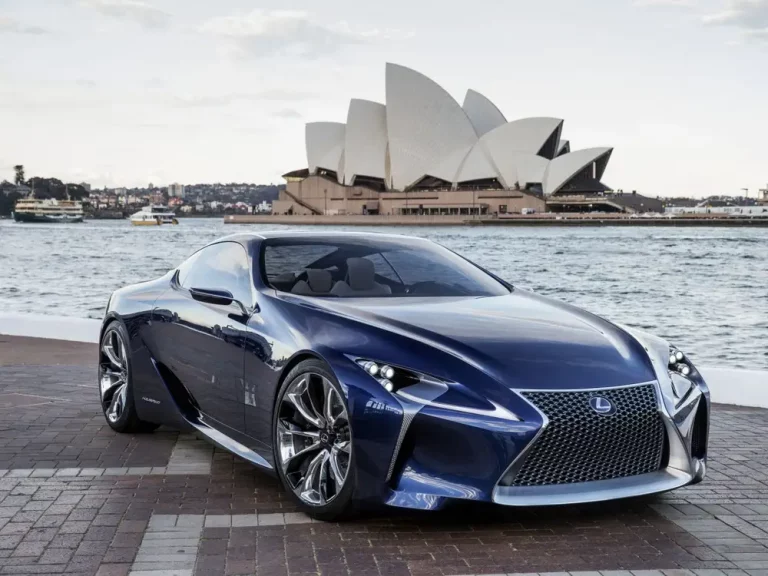
Check It Out And Learn More Here :
6. Audi HFCV
At the 2016 Detroit Auto Show, Audi also showcases a concept vehicle called the h-Tron Quattro, which the brand claims are capable of travelling 372 miles on just hydrogen. Additionally, Audi states that the bright yellow, one of the best hydrogen fuel cell cars can accelerate from 0 to 62 mph in less than 7.1 seconds.
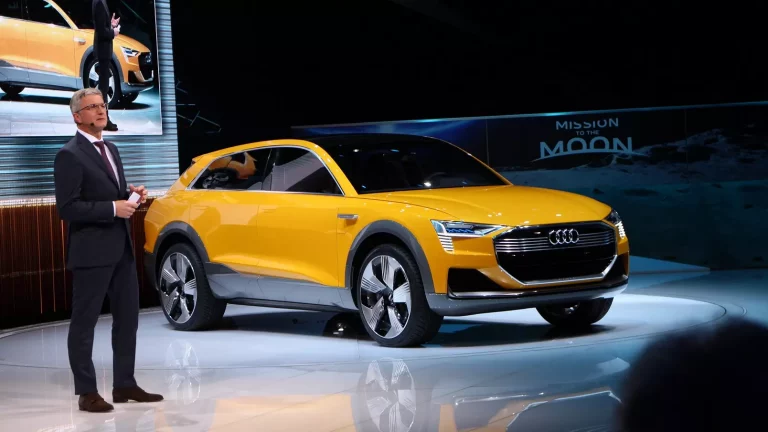
Check It Out And Learn More Here :
7. BMW HFCV
Toyota and BMW have been working together to create hydrogen drivetrains for BMW’s 2020 vehicle. According to BMW, the hydrogen vehicle will also have a range of more than 300 miles and a refueling time of under five minutes.
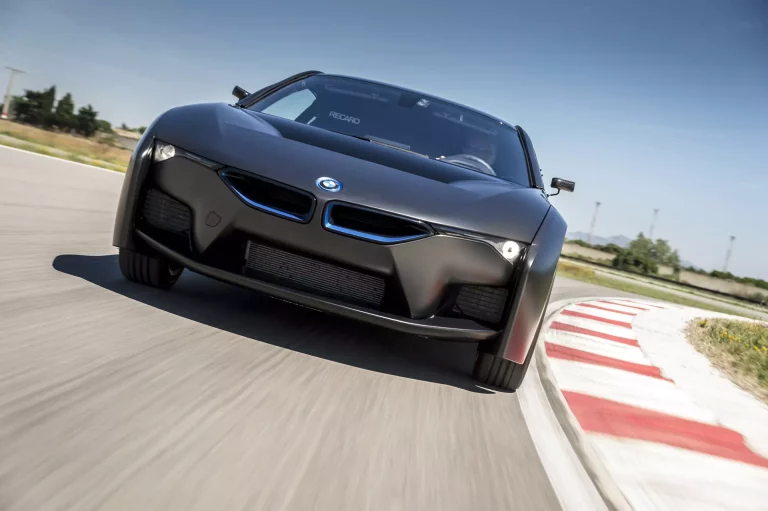
Check It Out And Learn More Here :
8. Ford H2X
Ford intended to release its first mass-market, reasonably-priced automobile by 2017. Ford said in January 2013 that it would collaborate with Nissan and Mercedes-parent Benz firm Daimler to further the development of hydrogen fuel cell cars technology.
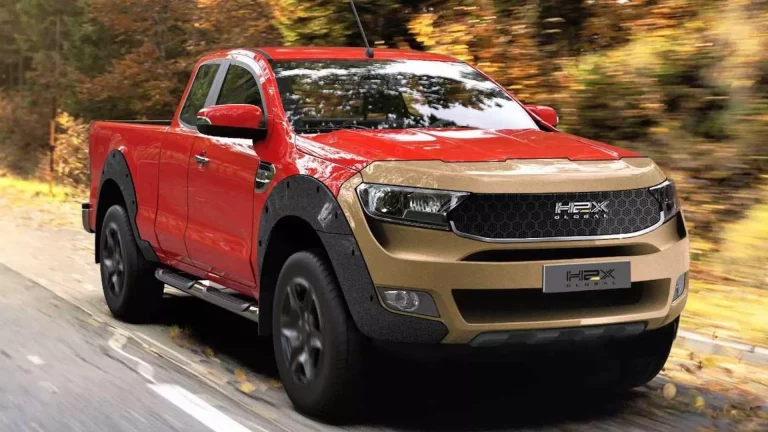
Check It Out And Learn More Here :
9. Mercedes-Benz GLC F-Cell
At some point, this company will introduce the GLC F-Cell, one of the few plug-in hydrogen fuel cell cars. The automakers claim that it will have a combined range of 310 miles with hydrogen fuel cells and an all-electric range of 30 miles.
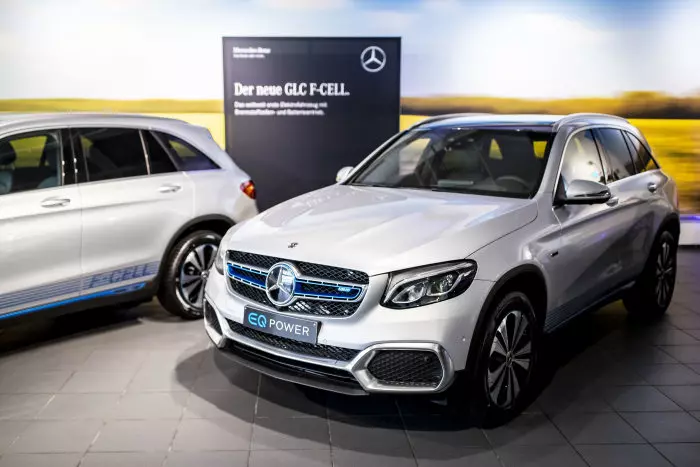
Check It Out And Learn More Here :
10. Riversimple
Welsh-based startup This year, Riversimple is also making the Rasa hydrogen-powered car available for lease to UK drivers. For 60 to 80 UK residents, Riversimple will also provide three- and six-month lease options.
Additionally, this one of the best hydrogen fuel cell cars has a 300-mile range and weighs less than 1,300 pounds. An Alcantara-like material has been used to surround the steering wheel.
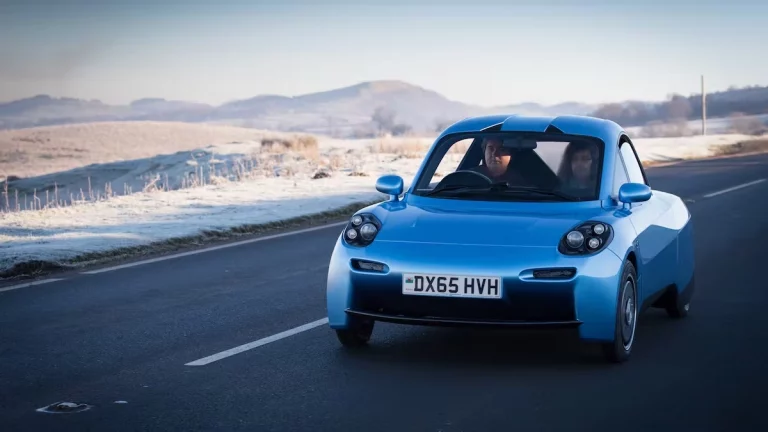
Check It Out And Learn More Here :
Cost of Fueling And Refueling of Hydrogen Fuel Cell Cars :
The narrow network of retail stations naturally charges high rates because hydrogen fuel is a specialist good for the general public. According to the California Hydrogen Business Council, the cost of a kilogram of hydrogen to travel the same distance in California is currently between $10 and $17, or roughly $5 to $8.50 per gallon of gasoline. About five gallons of hydrogen are stored in a Toyota Mirai hydrogen vehicle.
Honda, Hyundai, and Toyota have all given their customers and lessees free hydrogen fuel for varying lengths of time to make up for this drawback. Each producer has a smidgeon of a distinct offer: In comparison to a Hyundai Nexo, a Toyota Mirai offers up to $15,000 in free hydrogen over the course of a three-year lease or up to six years of ownership.
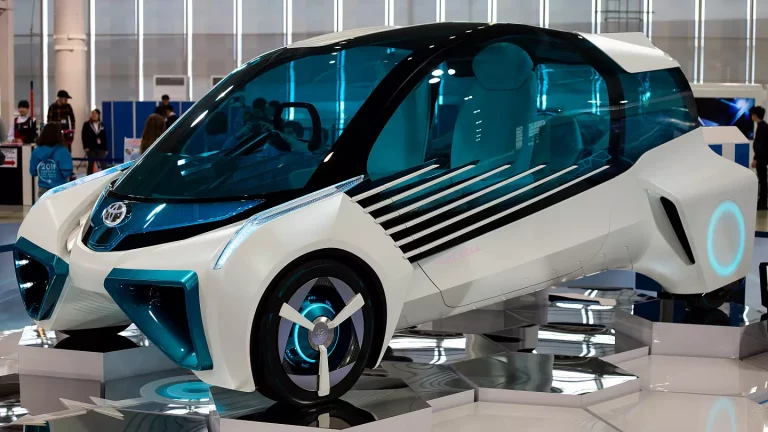
But the driver is on their own after those deals expire. Furthermore, if hydrogen is equivalent to gasoline at $5 to $8.50 per gallon, overnight EV charging typically translates to gasoline at just $1 to $2 per gallon.
Servicing Hydrogen Fuel Cell Cars :
Similar to electric automobiles, dealership service facilities must take extra safety measures while working with hydrogen vehicles. The high-voltage battery packs in HFCVs are identical to those used in hybrid, plug-in hybrid, and electric vehicles, but they also have one or more armored carbon-fiber tanks that can store pure hydrogen under a pressure of 10,000 pounds per square inch (psi), or 700 bars in metric units.
When it comes to routine maintenance, hydrogen fuel cell cars are no different from any other car. It doesn’t involve the hydrogen tanks, the fuel-cell stack, or the plumbing that connects them. However, the state of California has a series of regulations to make sure that any escaping hydrogen doesn’t run the risk of an explosion if any of those components need to be handled.
